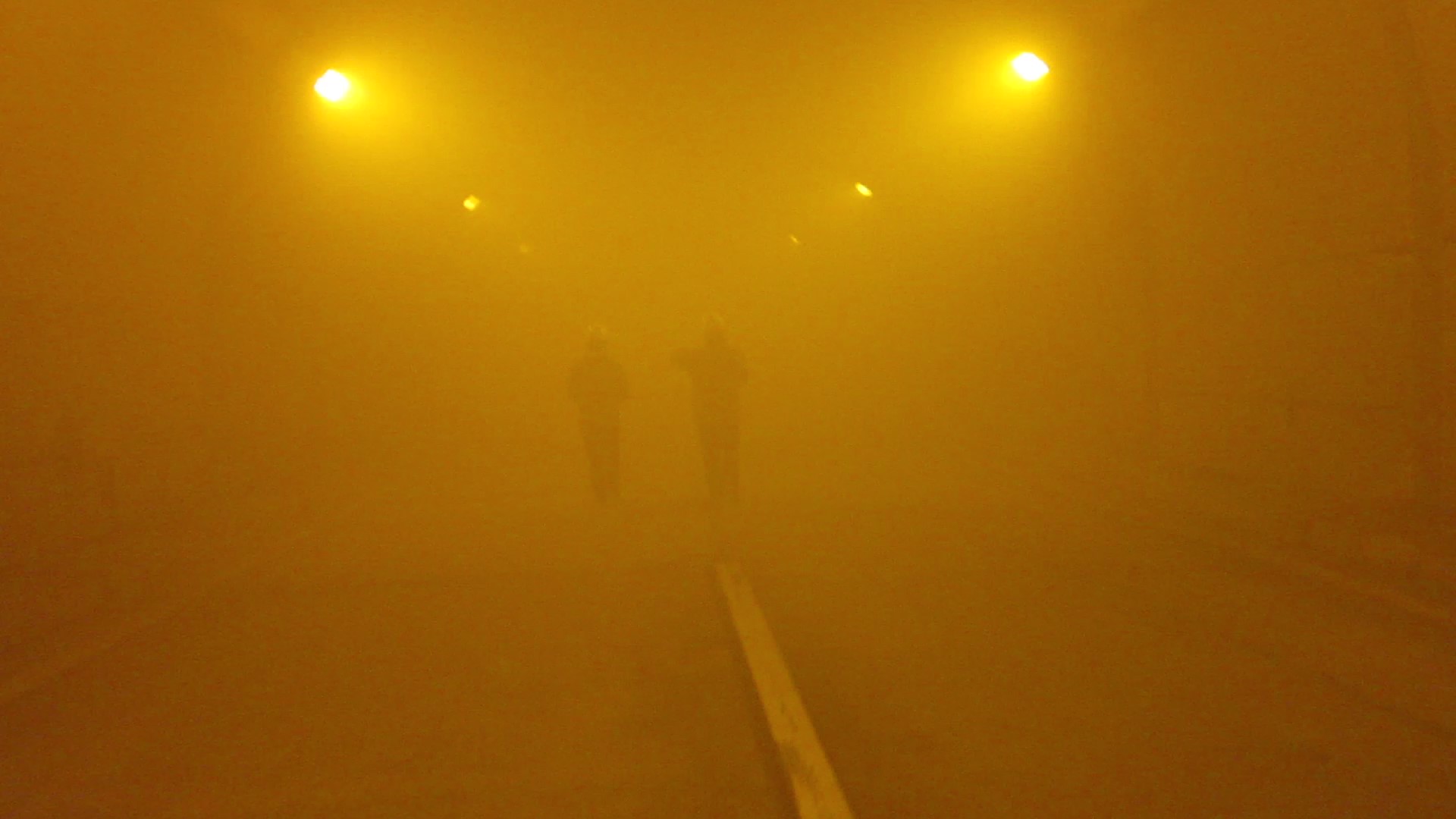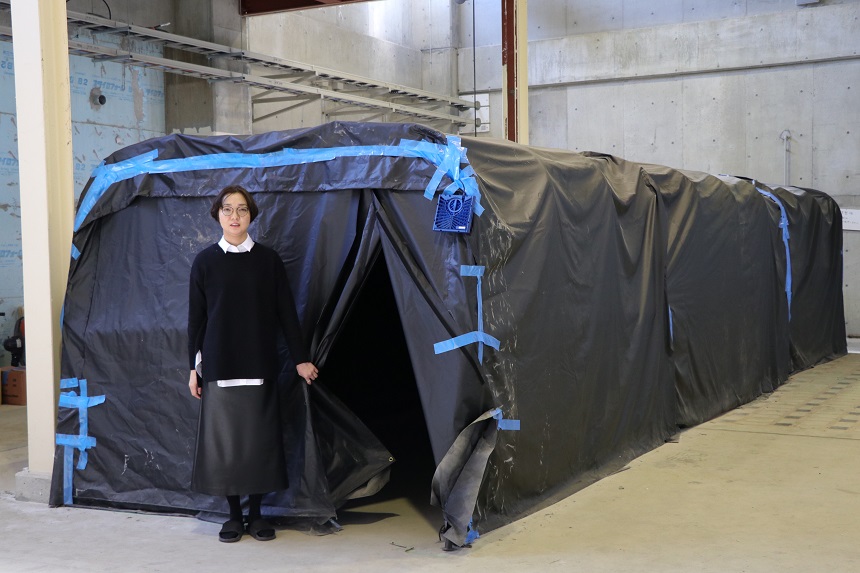Interview of Associate Professor (Special Recognition) Miho SEIKE
Researchers selected for JST FOREST in the FY2021

Changing the concept of evacuation and preventing tragic events
-How do you think people will evacuate in a space station or future city fire?-
How will people evacuate if a fire occurs in a space station or future city?
"Anyone can travel to a space station if they have enough money." That era is just around the corner. Furthermore, projects are already being proposed to construct cities for people to inhabit in the sky or the deep sea in order to avoid disasters and environmental changes. Future cities built in space, the sky, or the sea, will be giant enclosed spaces surrounded by walls and ceilings. If a fire breaks out in a giant enclosed space like this, how can people flee to safety? Elucidating this issue is the theme of my research. This is a field that integrates safety engineering, civil engineering, mechanical engineering, and other areas.
To examine evacuation methods, we need to know, beforehand, how evacuees will behave when a fire occurs in such a space. Therefore, I am presently conducting experiments where I have subjects actually evacuate through tunnels filled with smoke, and measure their evacuation speed and psychological state. Previously, I conducted experiments using models, but selection of my research by Fusion Oriented REsearch for disruptive Science and Technology (JST) made it possible to conduct experiments using a full-scale tunnel, and this has produced more interesting results.
Connecting the behavior and psychology of evacuees through large enclosed space (tunnel) experiments
Let me present, in more detail, the tunnel experiments I'm currently conducting. First, the inside of a road tunnel is filled with smoke. Obstacles are placed here and there in the tunnel. Then subjects are asked to "evacuate" through the inside of the tunnel.
During the experiment, I investigate the evacuation loci of subjects, and measure things like their evacuation speed and psychological state. Actually, this measurement of psychological state is a key point. Naturally, there are differences in heart rate and stress/emotion condition between people who evacuate through smoke without fear, and those who proceed fearfully. Also, there are likely to be people who, encountering fire, freeze up and can't move due to excessive shock. If we understand the relationship between psychological state and evacuation behavior, we can propose evacuation methods more suited to real-world conditions.
I will continue my experiments going forward, and collect a large volume of data. I hope thereby to statistically show that "X percent of the people in such-and-such psychological state engage in such-and-such evacuation behavior." Also, I am currently having the subjects evacuate one at a time, but I want to conduct experiments under more complex conditions such as when friends are nearby, or when surrounded by complete strangers.

Evacuation experiment in smoky conditions using a full-scale tunnel
Reliable results are obtained precisely because there is experimental data
In the evacuation field I'm working in, the typical approach is to conduct research using simulations instead of experiments. However, I focus only on experiments at actual sites. This is due to my strong conviction that "reliable simulation results cannot be obtained without experimental data."
I have a background in fluid engineering, and in the beginning, I conducted simulations of the behavior of smoke in tunnels. When, however, I tried to simulate the evacuation behavior of people in smoke, I noticed a certain problem.
Data on the movement paths and speeds of evacuees is essential for simulating evacuation, but when I originally started this research with Asian conditions (no foot lights), there was no real data of this type, and it was typical to conduct simulations using data for commuting or walks. But that isn't right. Do people really move at the same speed when taking a walk and evacuating in a disaster? It would be hard to obtain highly reliable results if we just continued simulation research with the current approach. Thus, I thought, if there is no actual data, we should take measurements. We decided to clarify the behavior of evacuees through experiments modeling disaster scenes. This is what led me to focus on experiments. Going forward, I want to continue my research with a primary focus on experiments.
I want to change the concept of evacuation, and prevent tragic events
I want to change the concept of evacuation. That's what I want to achieve in my life as a researcher, in a nutshell. When told to evacuate, almost all people only think things like: flee as indicated by green emergency exit signs, or descend via the stairs to the first floor. Actually, the concept of evacuation has not changed for a long time. Despite the fact that society is aging, and technology is developing, there has been no optimization of evacuation methods.
If my research clarifies the psychology and behavior of evacuees, I hope this may help with evacuation guidance suited to each person's situation. Perhaps, using machine learning, we will be able to do things like predict the next action of a person, or activate nearby guidance equipment using IoT.
While collaborating with various fields, I want to create a framework for next-generation evacuation. Using that, I want to reduce tragic events, even just a little. Taking this idea to heart, I will continue going forward to work conscientiously on my research.

Dr. Seike standing in front of the experimental tunnel


 Home
Home

